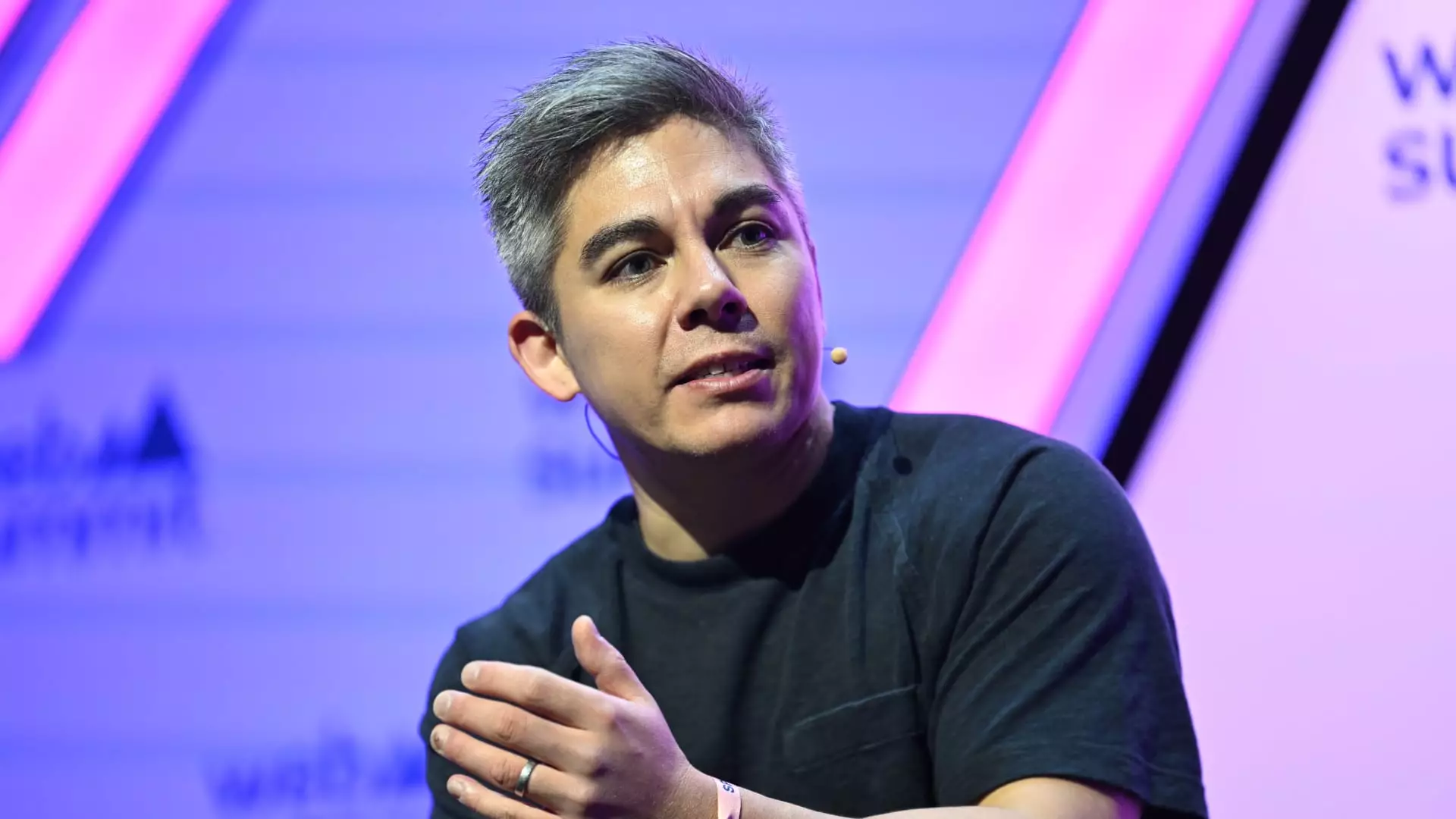The financial technology (fintech) sector has experienced remarkable shifts in recent years, driven by innovation and consumer demand for more efficient payment solutions. However, the path to public offerings for many fintech startups remains fraught with uncertainty. With notable firms like Klarna signaling their readiness for an Initial Public Offering (IPO), the broader community of fintech unicorns is not immediately following suit. Instead, they are adopting a cautious stance, observing market fluctuations closely before committing to their own public debuts.
Klarna, a prominent buy now, pay later service, recently made headlines by confidentially filing to go public in the United States. This development, although encouraging for the fintech ecosystem, brings a collective pause among other companies in the space. The timing remains ambiguous, and potential investors await clarity on pricing and share structures. Nonetheless, the event has sparked a buoyant discussion regarding a potential resurgence of large-scale fintech IPOs. Many experts are speculating that Klarna’s move might be a precursor to an invigorated IPO climate.
Yet, for many leaders in the fintech realm, the consensus is clear: jumping into the public markets remains premature. Hiroki Takeuchi, CEO of GoCardless, articulates this sentiment well, emphasizing the importance of solidifying their business model before pursuing an IPO. For Takeuchi, going public is a milestone rather than an end goal, reflecting the philosophy that sustained growth and innovation must precede any decision to offer shares to the public.
Lucy Liu, co-founder of Airwallex, echoes Takeuchi’s cautious viewpoint, asserting that her company is also not in a hurry to go public. According to Liu, their focus remains on perfecting their solutions for cross-border payments—an area rich with complexities. Both Liu and Takeuchi are part of a growing chorus of founders who recognize that amidst the market tumult, the primary objective should be to solidify business fundamentals.
The perspective of Jaidev Janardana, CEO of Zopa, reinforces this narrative. He downplays the urgency of an IPO, contending that the private market remains conducive for growth-oriented technology firms. Nevertheless, Janardana remains optimistic about the IPO landscape evolving to more favorable conditions, particularly eyeing the U.S. starting to open its doors to public offerings by 2025, thus potentially paving the way for increased opportunities in Europe soon thereafter.
The existing hesitation among fintech companies regarding public listings stems from several intertwined factors, including fluctuating interest rates, political climates, and overall market volatility. Analysts like Navina Rajan from PitchBook point out that there are emerging signs indicating a potential opening for fintech IPOs as these elements begin aligning more favorably. The expectations are high that as macroeconomic conditions stabilize, the tide will shift, allowing fintech firms to revisit their public offering aspirations with renewed vigor.
Despite the prevalent caution, many experts remain optimistic about the long-term outlook for the IPO market within the fintech sector. The infusion of approximately 6.2 billion euros (about $6.6 billion) into fintech start-ups already in 2023 underscores a robust foundation that these companies have built, which may one day facilitate successful public offerings.
The prevailing sentiment among fintech unicorns can be characterized as a blend of vigilance and strategic patience. As the industry awaits indicators of a favorable IPO environment, stakeholders are focusing on operational excellence and long-term business health. The path taken by Klarna may one day serve as a catalyst for a broader renaissance in fintech IPOs, but for now, the industry’s leading figures are more concerned with building resilient businesses than pursuing immediate public listings.
In the coming months, the outcomes of these careful calculations will begin to unfold, potentially heralding a new chapter in the fintech narrative. As the market evolves and adaptations continue, questions regarding when and how these companies will showcase their success through public offerings remain an ongoing conversation, leaving stakeholders and observers equally engaged.

